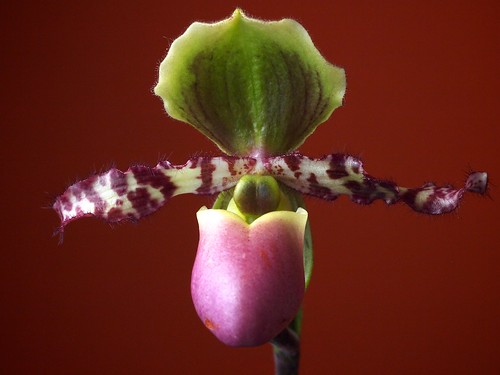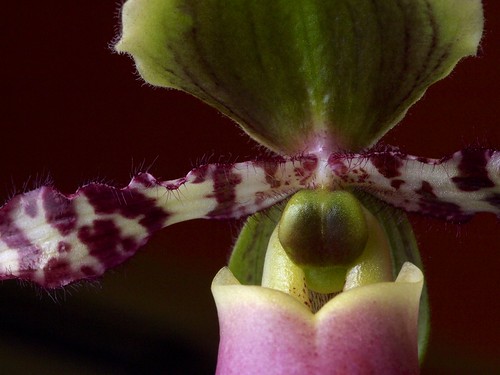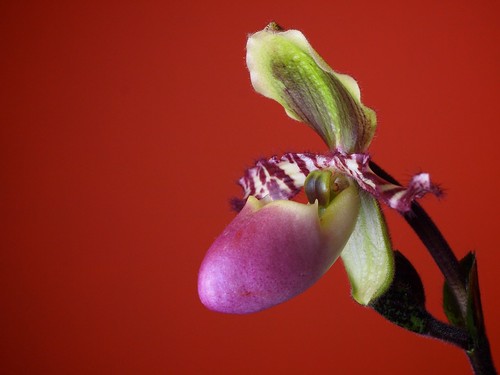Thanks all, and thank you for the info about the leaf color. I'm sure this is pretty close to the typical type of this species (I'm just picking up trivial things for my learning purpose, I guess). One thing I wasn't sure was the shape of staminode, which looked slightly different from others posted in ST. The top part of mine seems to be flat or slightly recessed in the middle (like 'M'), but other photos of this species on ST are mostly rounded. This could be due to the angle, or it is more likely to be just the variation among individuals as Rick said.
It is somewhat amazing to see lots of variation from a species with limited distribution. I wonder some of the variation is created by human (i.e. the taxonomy of this group has been weird for a long time, so people may have introduced genes from different species.
Braem & Chiron mentions that the leaves of P. liemianum are ciliate (I'm assuming that this means it has hairs) from tip to bottom while some other species have the hairs only at the base of leaves:
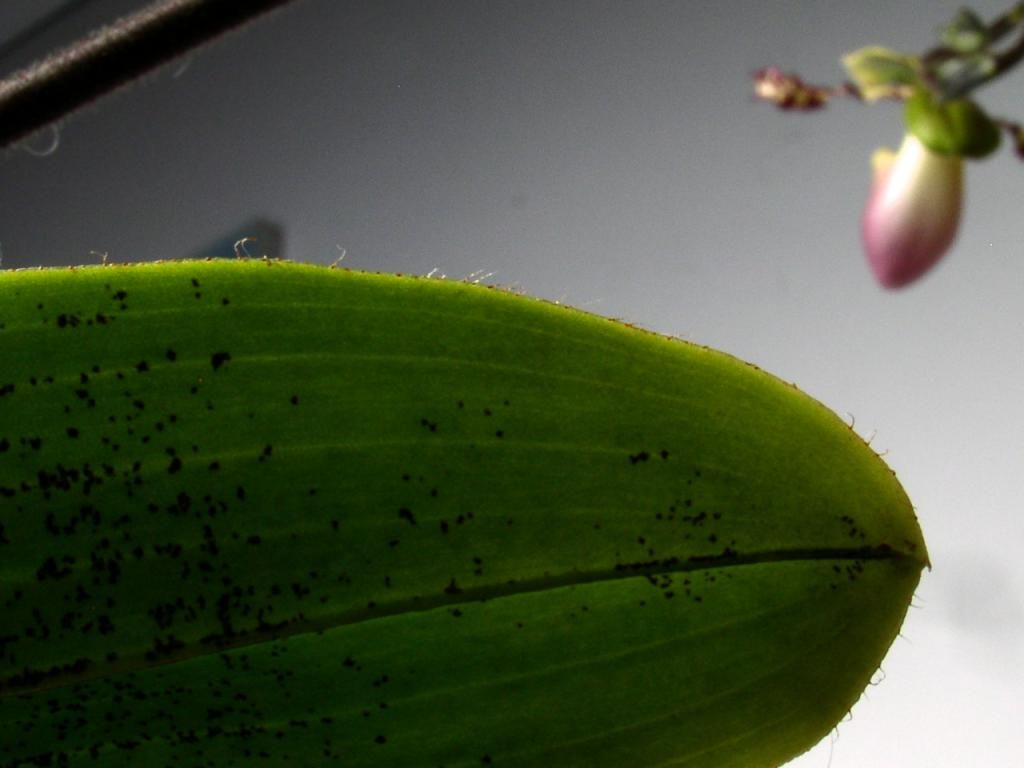
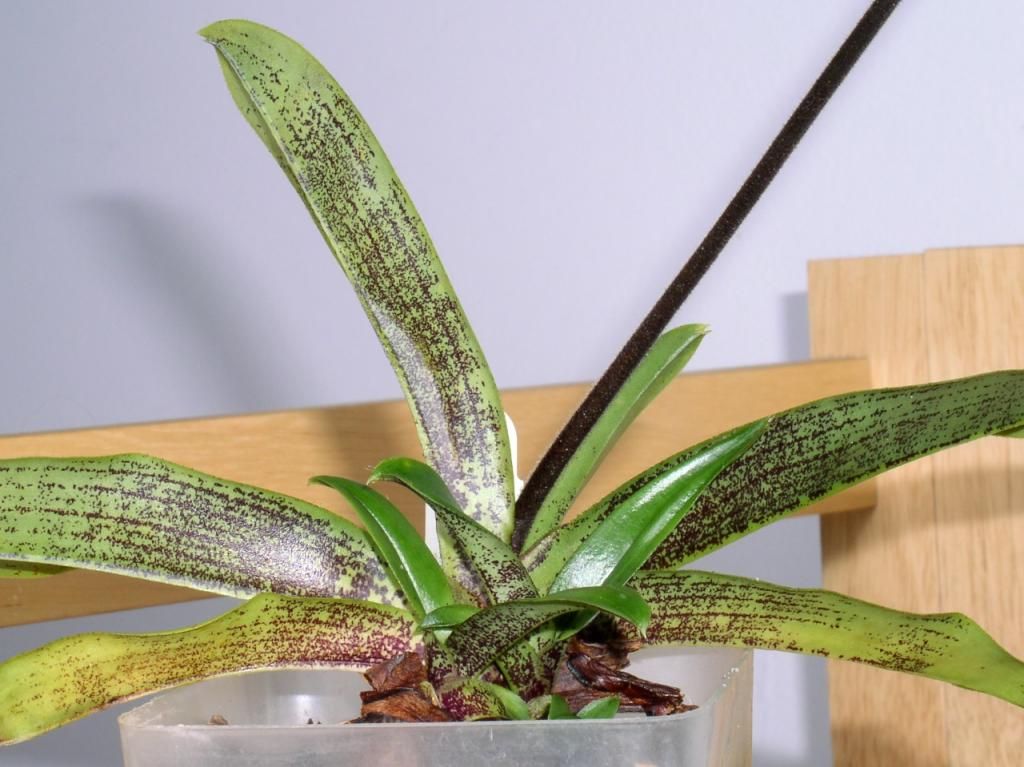
Now, does this look like P. moquettianum?:
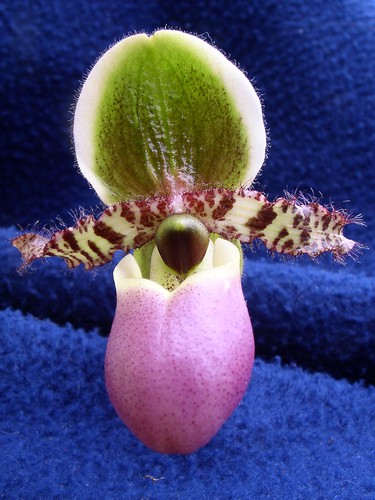 Paphiopedilum moquettianum
Paphiopedilum moquettianum on Flickr
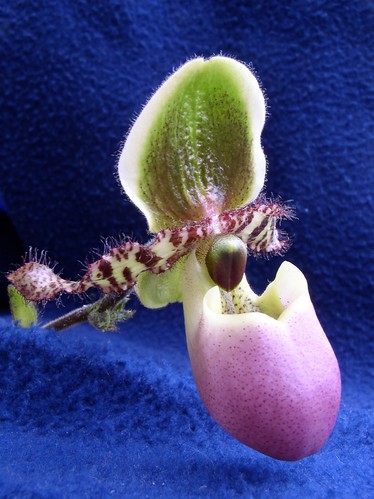 Paphiopedilum moquettianum
Paphiopedilum moquettianum on Flickr
It was labelled as Paphiopedilum glaucophyllum var. moquettianum. This is from 2003, when I was starting with Paphs, and this was my 2nd paph which I could flower. I believe it is from Bob & Lynn Wellenstein (AnTec Laboratory), but it could be from Sam Tsui (Orchid Inn). This and P. liemianum are the only 2 Cochlopetalums I have grown. I can see the differences (the pattern of dorsal dark marking, staminode shape, petal width:length ratio), but they look similar, too. I'm not sure P. moquttianum is supposed to have the white margin for the dorsal sepal. P. moquetteanum is supposed to have big leaves, but I vaguely remember the size was similar to my current P. liemianum (and I don't have the photo of the leaves).
